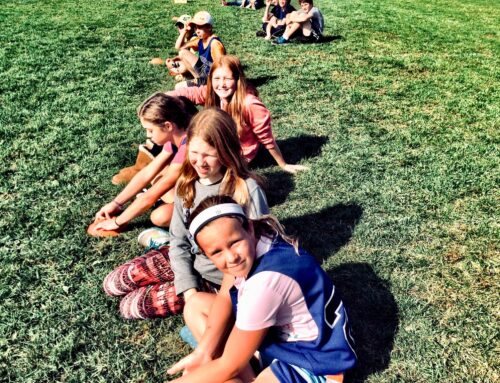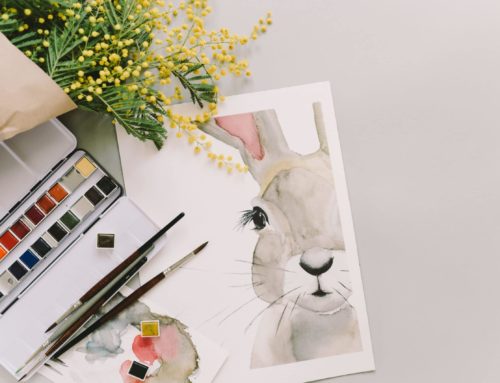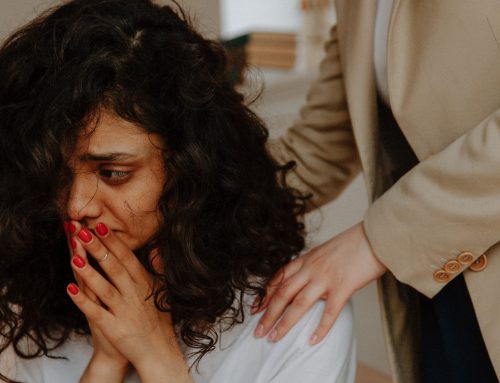What is Grief?
Grief is our instinctive response to loss. It consists of a mixture of painful feelings, thoughts, and behaviours which we experience when we lose someone or something we are attached to, by death or by separation.
Important Things to Know About Grief
Grief is not a linear process; it’s more like a figure eight. Grieving is an ongoing process with no definitive end. Over time, there is an adjustment to a new normal.
There is no right or wrong way to grieve. The feelings and thoughts we have and the process we go through can be different for each person. There are, however, common experiences, and most people pass through phases of acute and integrated grief.
Phases and Complications
Acute grief refers to the period of time immediately after the loss. In this phase of the grieving process, the truth may be hard to believe and accept. Feelings might include, but are not limited to, intense waves of sadness, hurt, shock, guilt, and anger. These feelings may feel overwhelming. Sleep disturbances, restlessness, poor appetite, decreased ability to concentrate, and agitation are also commonly experienced during this time. These feelings and symptoms are considered to be a normal part of the grieving process.
Integrated grief refers to the period of time when healing begins. The timing varies from person to person, but many people reach this phase in the grieving process within 6 or 7 months of the loss. In this phase individuals are able to make sense of the loss, and have learned to accept a new reality without the loved one or lost object. Feelings of heartache and longing still exist, but they are not as intense and become less frequent. It is important to note that occasional lapses into acute grief may occur. There may be hours or days when the emotional pain is intense and overwhelming again, but this is normal.
Complicated grief, also known as traumatic grief is less common, and it occurs when the bereaved perceives the loss to be horrifying or terrifying. Symptoms of acute grief persist, the loss cannot be accepted, and memories of the lost loved one or lost object continue to be deeply painful and debilitating.
The good news is that psychotherapy, particularly art therapy, can help people to work through grief in a healthy way.
How Art Therapy Can Help People Who are Grieving
Many people, especially children, lack the words to describe or label the myriad of feelings and thoughts they experience after the loss of someone or something they are attached to. Others may be ashamed or afraid to speak words which will upset family members, or add to the overwhelming intensity of their own grief. In art therapy feelings and thoughts can be communicated without the use of words. Emotions can be shown in a drawing, painting, or a sculpture. They can be released onto a page or a canvas, or kneaded into a piece of clay. Children can externalize their emotions and thoughts, and express their grief through creative play, using dolls, puppets, small objects, or toys.
Art-making can be soothing and calming, providing a safe outlet for relieving stress and releasing excess energy.
Art therapy can also help the bereaved to celebrate positive memories by creating specific art-based pieces. Examples include memory boxes/bundles containing mementos and small objects associated with the loss/lost loved one; scrapbooks containing photographs, artifacts and letters; and memory bracelets composed of coloured beads which represent qualities of the lost loved one.

How Can You Help a Child or Adult Who is Grieving?
- Reassure them that you are there to support them.
- Acknowledge and validate their feelings and thoughts, no matter what they are.
- Help them to feel relaxed and safe.
- Remain calm. Do not respond by being upset.
- Encourage children to ask questions. Give simple honest answers which are age-appropriate. Children need to hear the truth from someone they trust.
- Be a role model. Share stories of times in your life when you were grieving, and reveal the ways in which you dealt with your feelings, and what helped you.
- Include children when making decisions. Children need to feel that they have some effect and control.
- Help them to identify triggers, which might set-off overwhelming feelings, and remove them from the immediate environment (when possible).
- Let them grieve at their own pace. Follow their lead.
- Suggest and/or arrange for grief counselling or psychotherapy.
Art Therapy at Anderson Therapy Services
The art therapists at Anderson Therapy Services are Registered Psychotherapists with the College of Registered Psychotherapists of Ontario. They support children and adults who experience a broad range of mental health concerns, or are struggling through difficult transitions in life. You can learn more about Art Therapy at Anderson Therapy Services here: https://andersontherapy.ca/services/art-therapy/
If you feel that art therapy might be helpful for you or your child, please contact us at info@andersontherapy.ca to set up a free 15-minute consultation.






